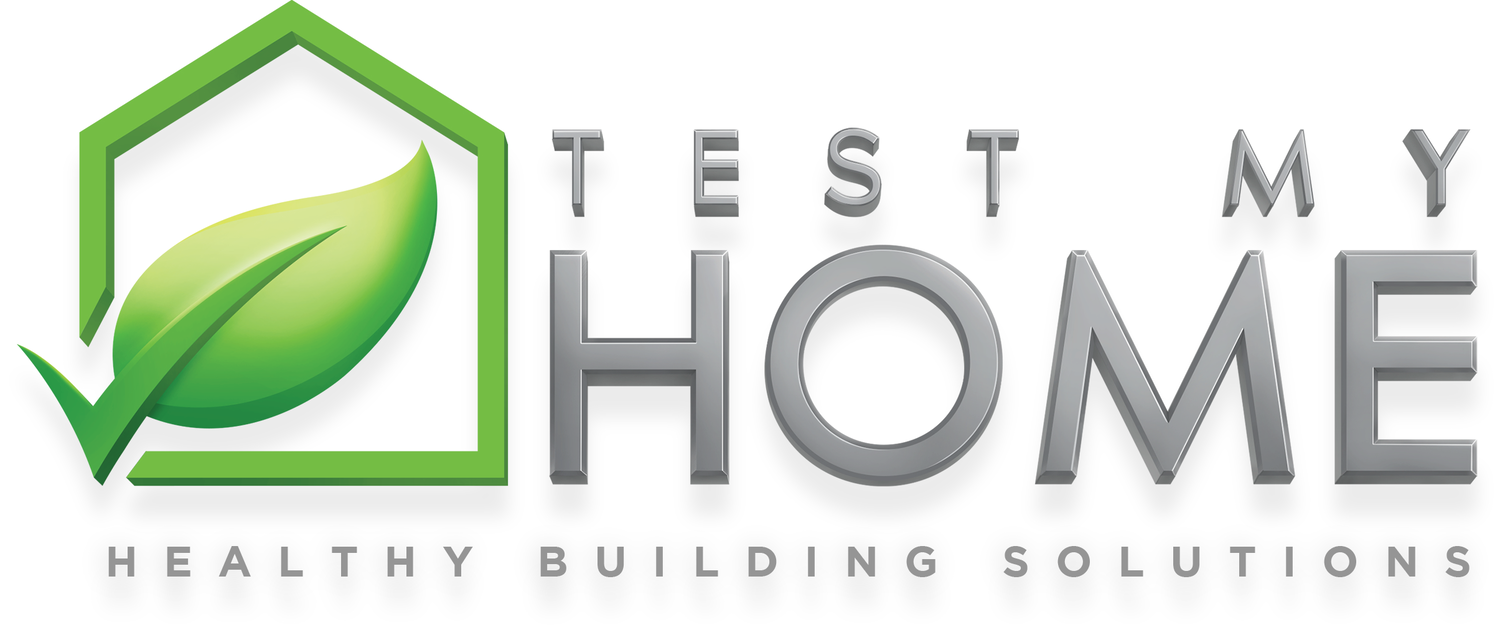An environmental consultant is an expert who specializes in providing advice and support on how to reduce the environmental impact of businesses, organizations, and individuals. These consultants are typically well-versed in a range of environmental regulations, policies, and best practices that help to minimize the impact of their client’s activities on the environment. Environmental consultants often provide guidance on how to manage industrial processes more efficiently, as well as help businesses comply with applicable laws and regulations.
Environmental consulting can take many forms depending on the industry or sector a client operates in. For example, some consultants may be experts in hazardous waste management while others may specialize in air quality or water resources. Some consultants also work in sustainability and renewable energy industries too.
In order to become an environmental consultant, individuals must possess the right combination of technical expertise and communication skills. Before they begin work with a client, they will typically conduct research on the relevant regulatory landscape so that they can advise their clients accordingly. This includes studying current standards for health and safety operations as well as monitoring any changes that occur at the country, state or local level.
The job of an environmental consultant also involves identifying potential risks associated with certain activities that could adversely affect wildlife or cause pollution in the environment. They will then develop strategies to mitigate those risks by suggesting methods for reducing emissions, managing hazardous materials safely or improving energy efficiency within a business’s processes.
In addition to developing risk mitigation strategies for clients, environmental consultants may also be responsible for carrying out detailed surveys of sites to identify any existing issues before making recommendations on how to address them. This could involve carrying out soil tests or using drones to collect aerial imagery so they can assess land usage or spot contamination hotspots.
Many consulting firms employ teams composed of specialists from different fields who collaborate together when working with a client – this helps ensure that each team member is sharing their unique insights into particular areas throughout the project lifecycle. For instance, if a firm is hired by a manufacturing plant looking to reduce its carbon footprint, then it might involve specialists from both mechanical engineering and ecology departments working together towards this goal.
Ultimately, environmental consultants play an integral role in helping businesses become more sustainable while simultaneously helping protect our planet’s precious natural resources too. For anyone considering entering this field of work should have excellent written and verbal communication skills as well as be highly competent when it comes to an understanding relevant legislation relating to environmental protection measures – including international treaties like the Paris Agreement too. With these attributes combined with knowledge about best ecological practices for operating sustainably – there are plenty of opportunities available for individuals looking to enter this profession today!

